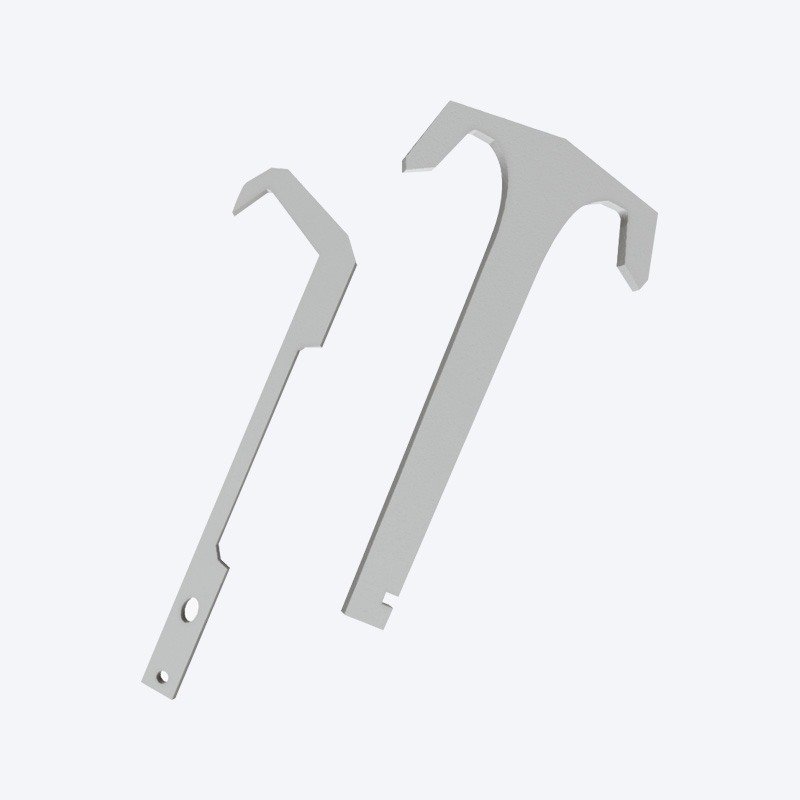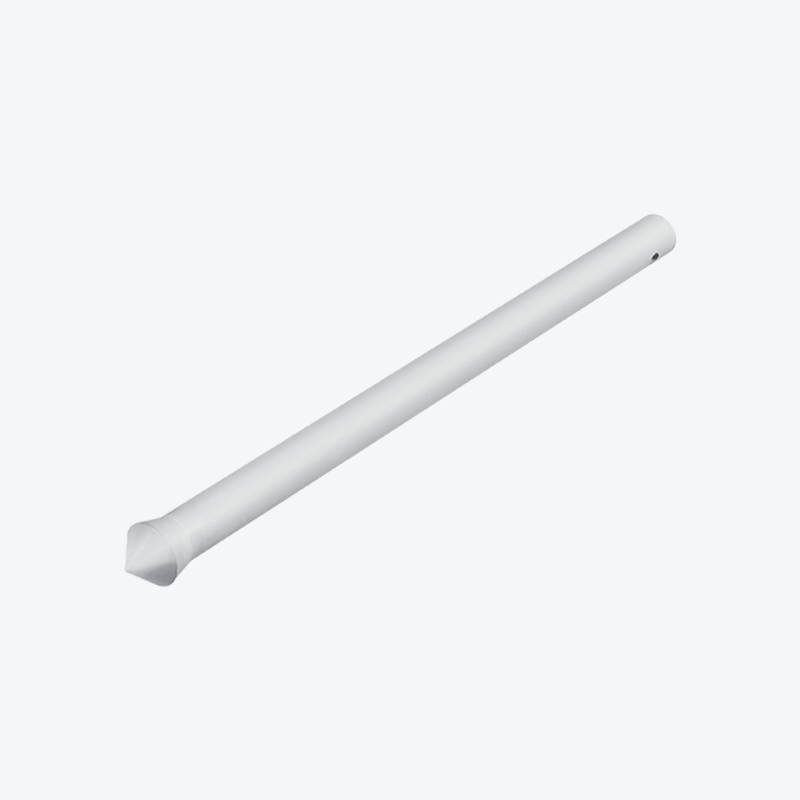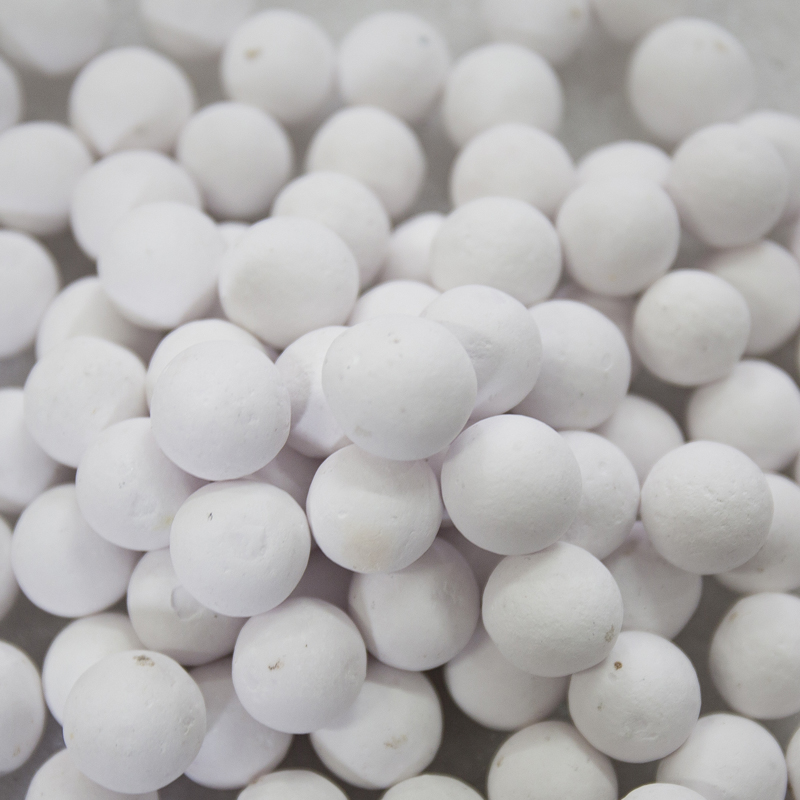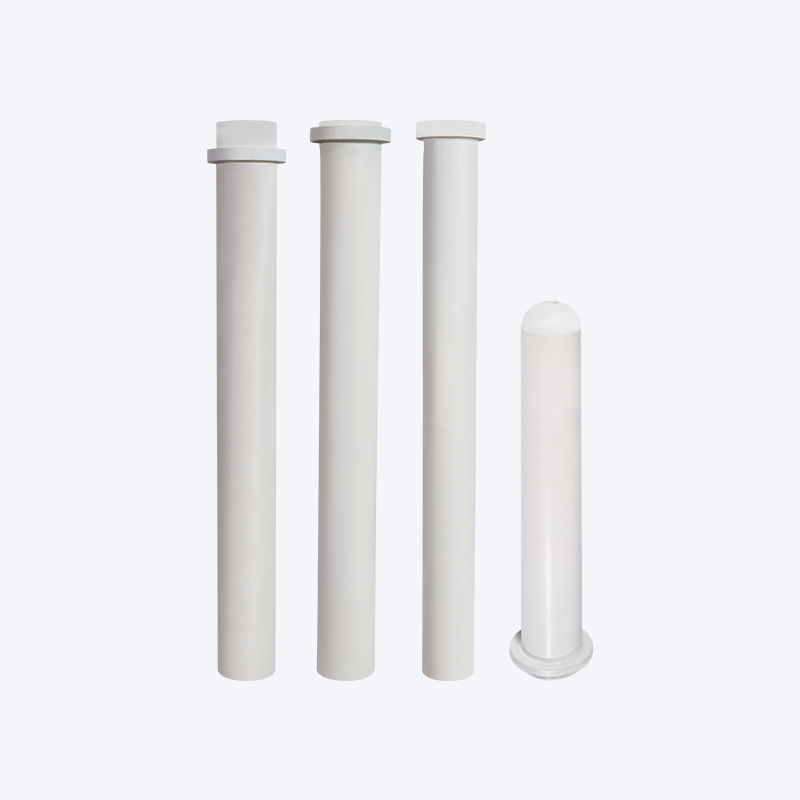Why Industrial Ceramic Materials Are Revolutionizing Engineering Solutions
The demand for materials that can withstand extreme environments has led to a surge in the use of industrial ceramic materials. Known for their outstanding mechanical strength and resistance to wear, these advanced ceramics—also called technical ceramics or engineering ceramics—are fast becoming the material of choice for many high-tech and industrial applications.
Unlike traditional ceramics used in pottery and tiles, industrial ceramics are engineered to meet precise mechanical and thermal requirements. They can endure high temperatures, resist corrosive environments, and provide excellent electrical insulation. This makes industrial ceramic components ideal for demanding sectors such as aerospace, automotive, power generation, and electronics.
Silicon carbide and silicon nitride ceramics are frequently utilized in applications requiring high strength and thermal shock resistance. These ceramic materials maintain their integrity at temperatures where metals would typically deform or oxidize. Alumina-based ceramics, on the other hand, are widely used in medical implants, cutting tools, and as substrates for electronic devices due to their biocompatibility and insulating properties.

Another key advantage of industrial ceramic materials is their exceptional wear resistance. In industries such as mining and chemical processing, ceramic linings and ceramic seals offer long-lasting protection against abrasion and corrosion. This reduces maintenance costs and extends the service life of equipment.
With the rise of Industry 4.0, technical ceramics are also playing a pivotal role in the miniaturization of devices and the advancement of electronic components. High-frequency insulators, ceramic capacitors, and piezoelectric ceramics are all examples of how these materials enhance performance in compact, high-efficiency systems.
Manufacturing processes for ceramic parts have also evolved. Techniques such as slip casting, tape casting, and 3D printing allow for the creation of intricate and precise components. These methods improve production flexibility and enable the design of complex shapes that were previously impossible to achieve with conventional materials.
Furthermore, the eco-friendly nature of many industrial ceramics is drawing attention in the push toward sustainable manufacturing. Their long lifespan and resistance to degradation reduce the need for frequent replacements, thereby minimizing environmental impact.
In summary, the integration of industrial ceramic materials into modern engineering is not just a trend but a transformative shift. As industries continue to seek solutions that combine durability, precision, and environmental responsibility, the use of engineering ceramics is set to expand dramatically across global markets.
Contact Us for Quotes and Prices!
Just let us know what you want, and we will get in touch with you as soon as possible!

 English
English 简体中文
简体中文












